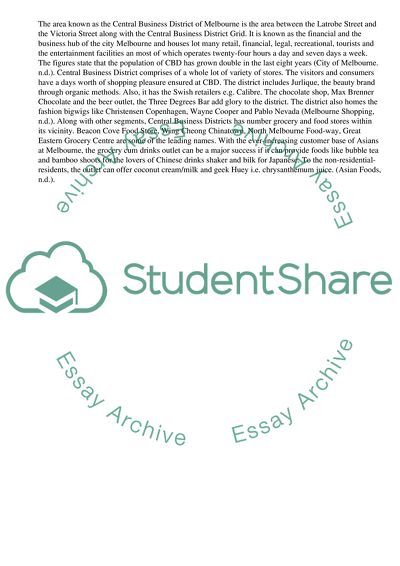Cite this document
(The Central Business District of Melbourne Research Paper, n.d.)
The Central Business District of Melbourne Research Paper. Retrieved from https://studentshare.org/business/1725105-international-strategic-management-strategic-plan-and-strategic-analysis-report-based-on-melbourne-cbd-australia
The Central Business District of Melbourne Research Paper. Retrieved from https://studentshare.org/business/1725105-international-strategic-management-strategic-plan-and-strategic-analysis-report-based-on-melbourne-cbd-australia
(The Central Business District of Melbourne Research Paper)
The Central Business District of Melbourne Research Paper. https://studentshare.org/business/1725105-international-strategic-management-strategic-plan-and-strategic-analysis-report-based-on-melbourne-cbd-australia.
The Central Business District of Melbourne Research Paper. https://studentshare.org/business/1725105-international-strategic-management-strategic-plan-and-strategic-analysis-report-based-on-melbourne-cbd-australia.
“The Central Business District of Melbourne Research Paper”, n.d. https://studentshare.org/business/1725105-international-strategic-management-strategic-plan-and-strategic-analysis-report-based-on-melbourne-cbd-australia.


